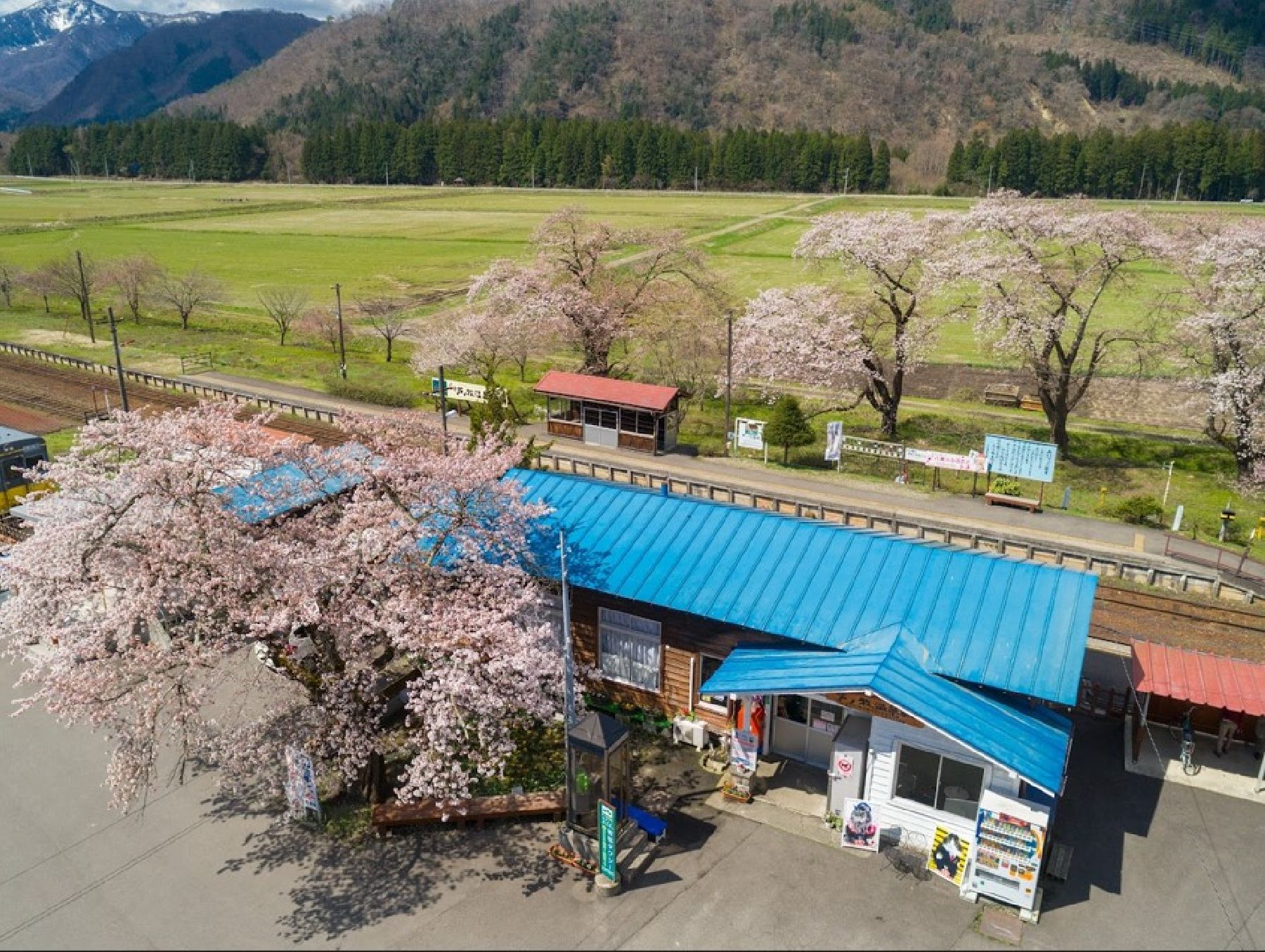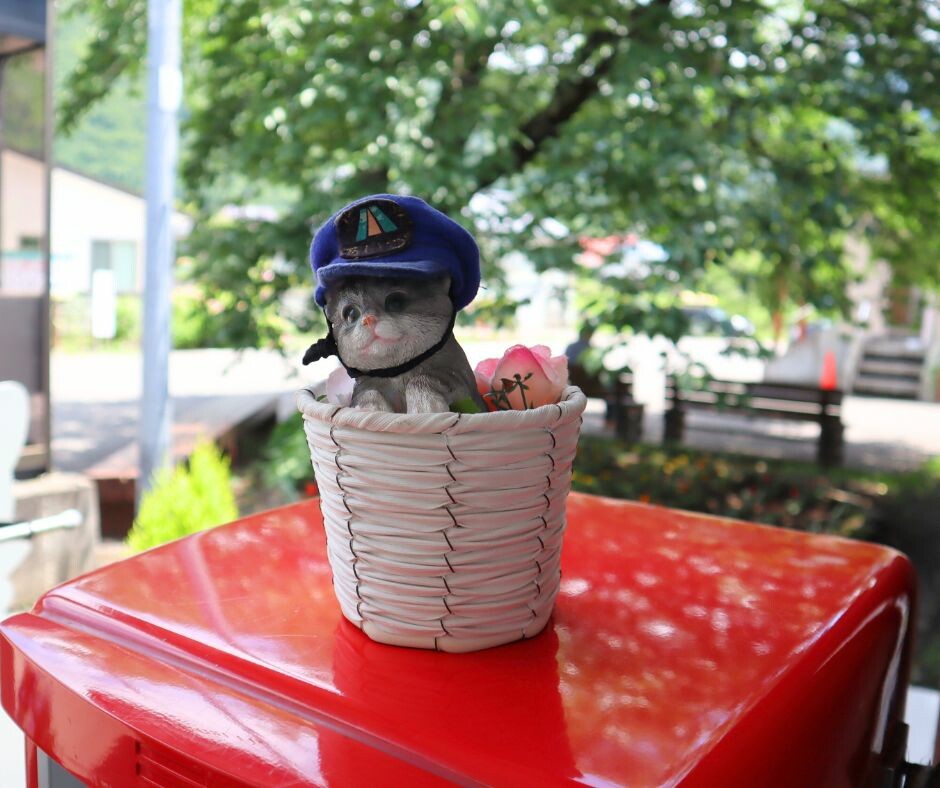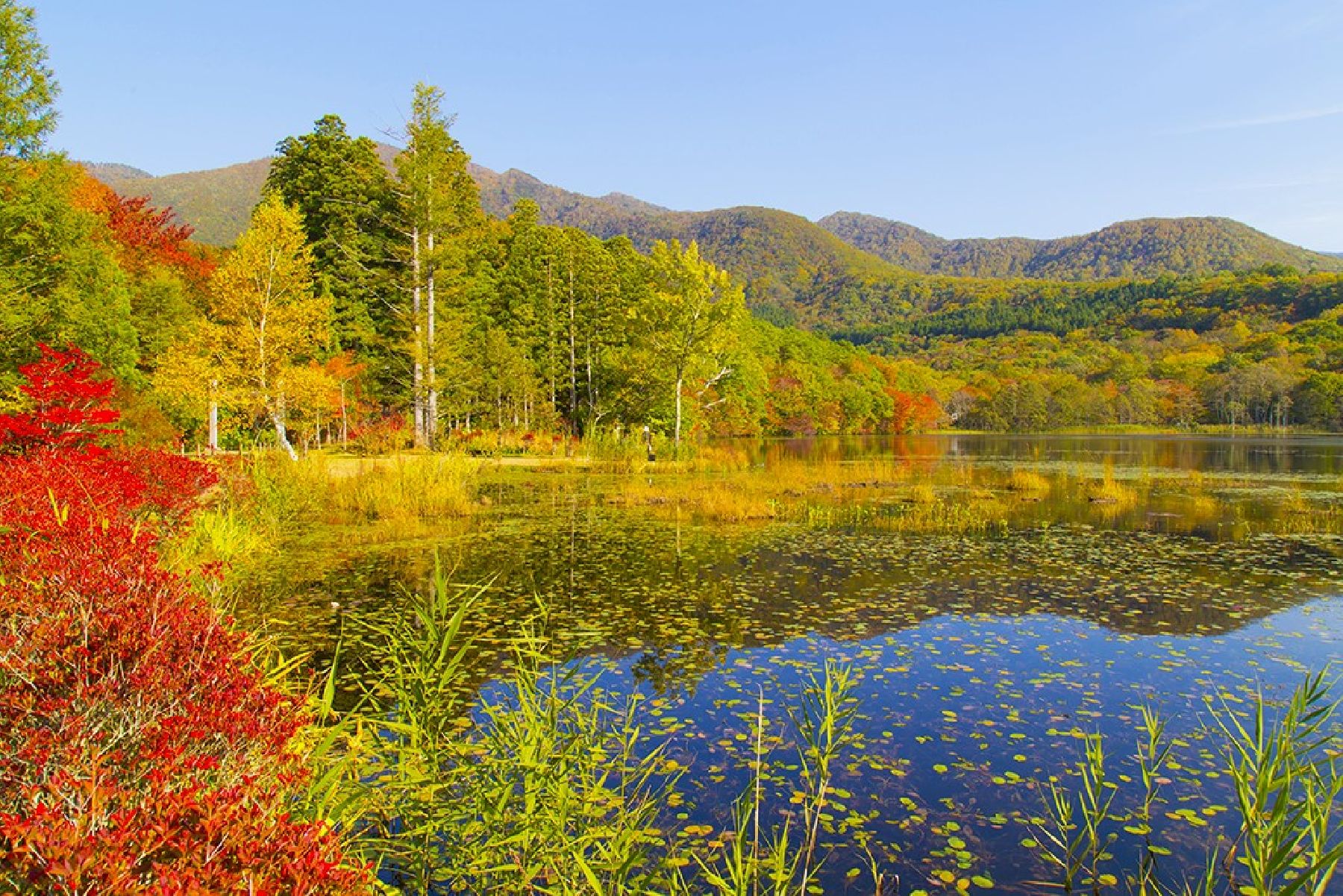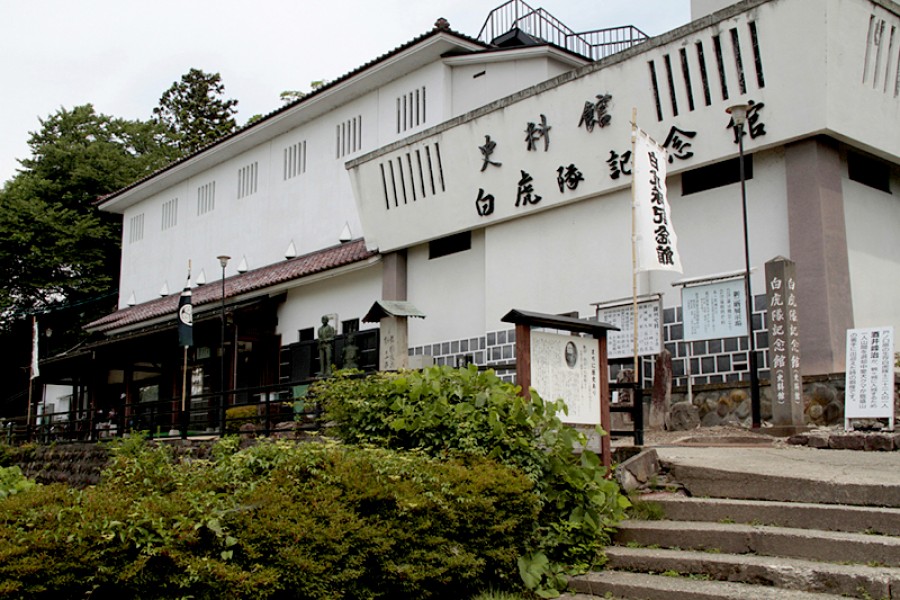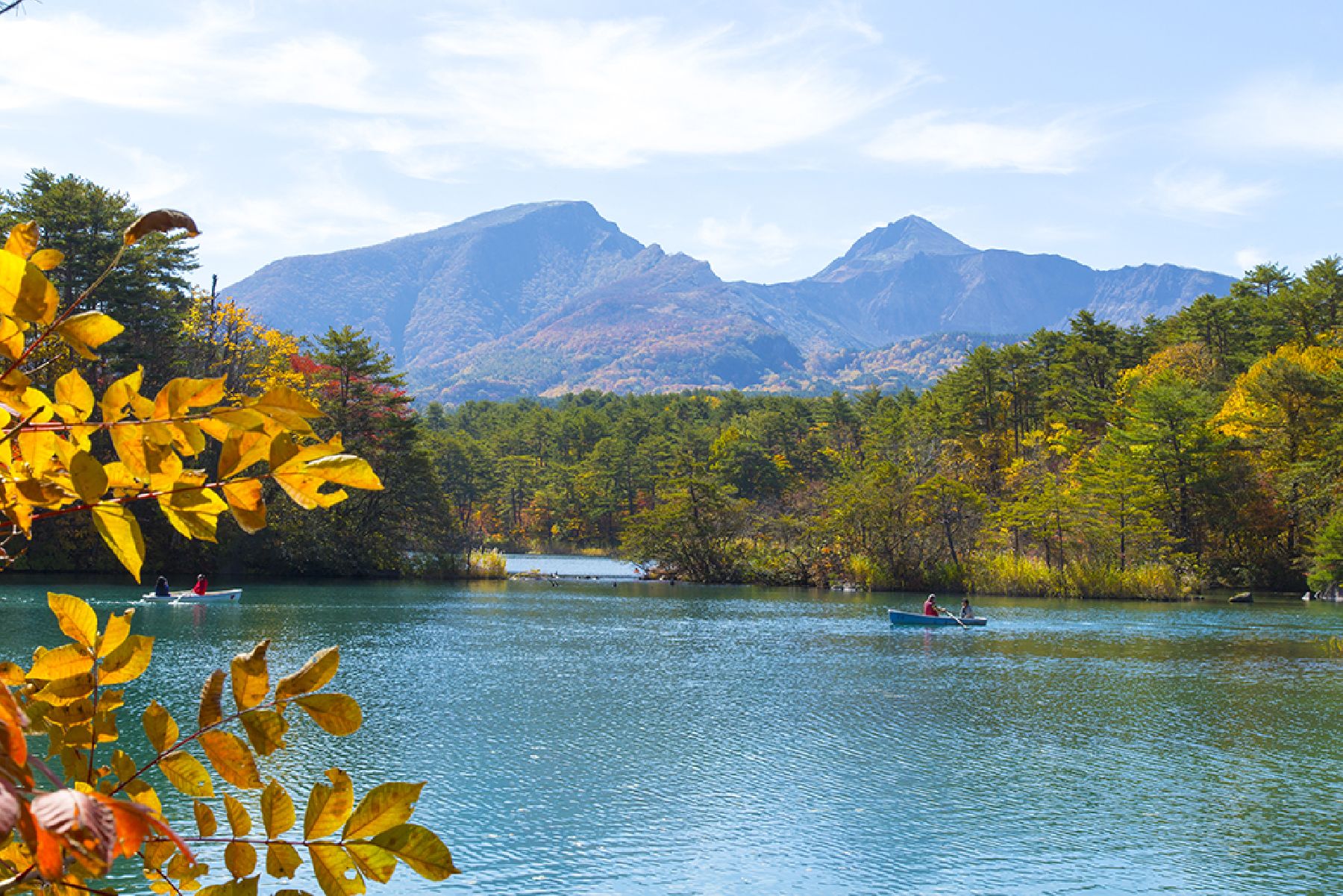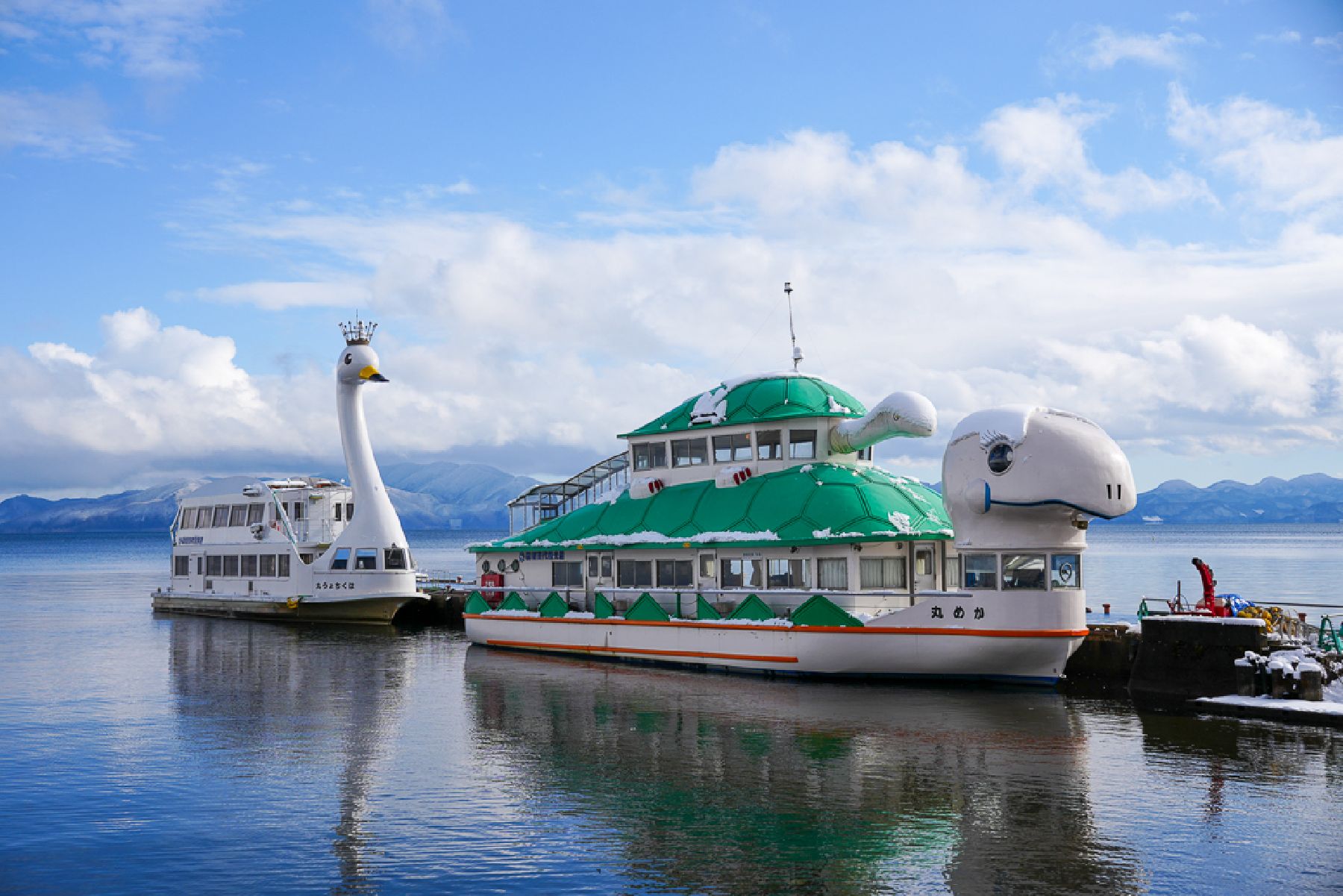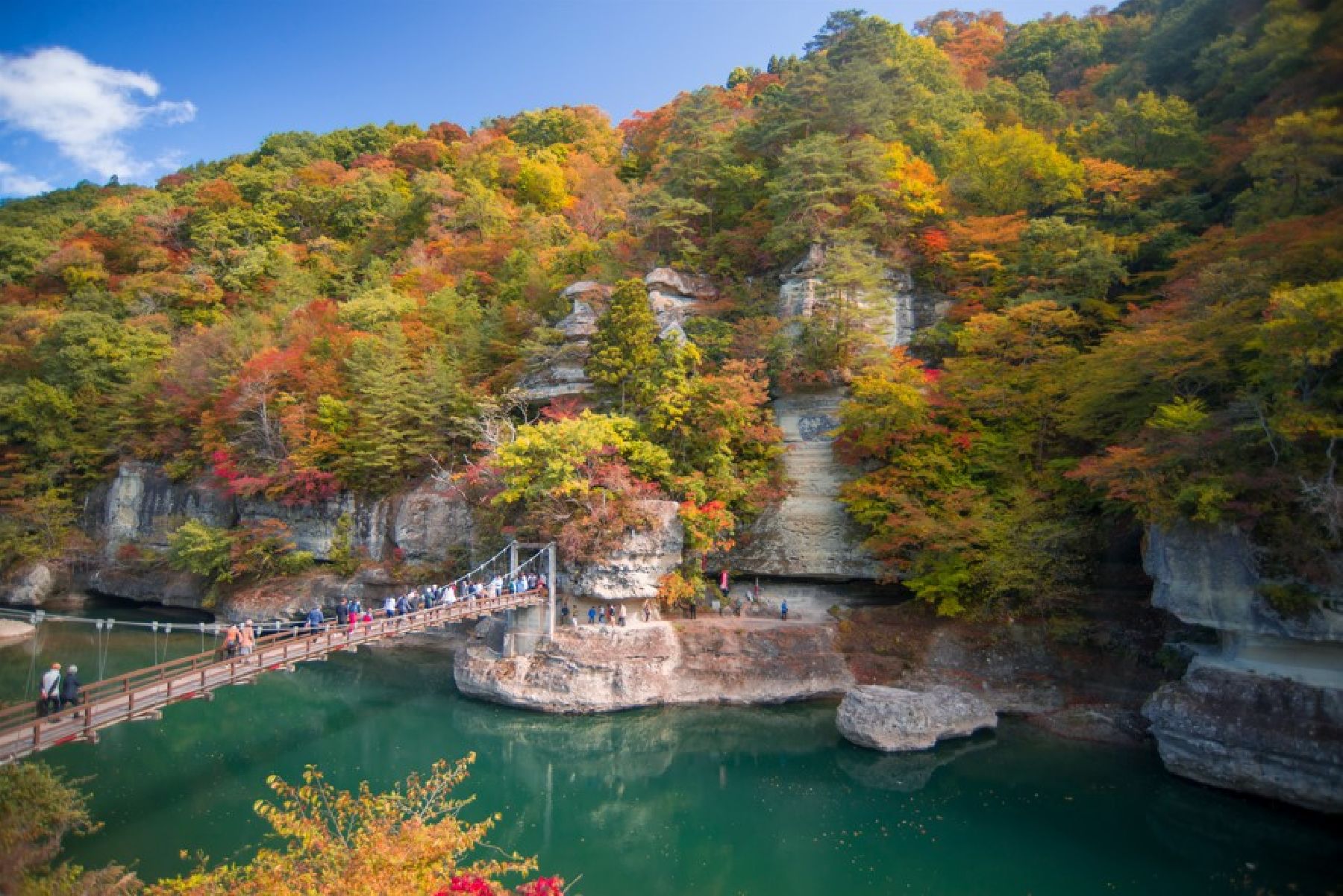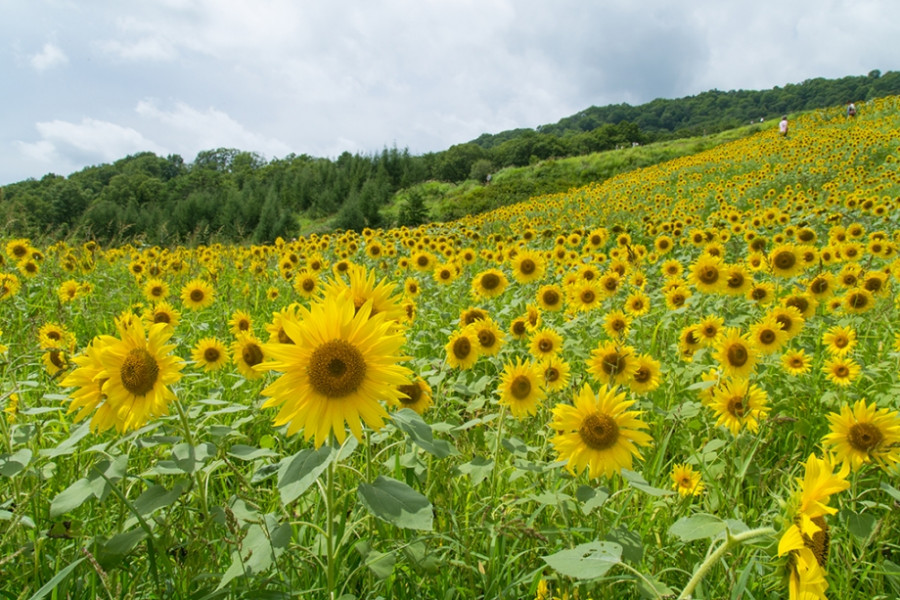
Aizu Urushi Lacquerware
Aizu Urushi Lacquerware has a very long history – predating lacquerware from Wajima or Tsushima. Aizu Lacquerware was originally produced in areas of Aizu that experience very heavy annual snowfall. The industry began to boom about 400 years ago - this development was initiated by feudal lord Gamo Ujisato’s endorsement of Aizu Lacquerware.From then onwards, techniques used in the production of Aizu Lacquerware were refined and Aizu Lacquerware became very famous in Japan. You can make your paint your own design onto Aizu Lacquerware items, or even try painting with lacquer, in Aizu region.Makie Painting Experience WorkshopsSuzuzen (Aizu-Wakamatsu City) From 1,900 yen Page on Fukushima.Travel Website Suzutake (Aizu-Wakamatsu City) From 1,000 yen Must book in advance Page on Fukushima.Travel Website (Japanese)Bansho (Aizu-Wakamatsu City) From 1,200 yen Irregular opening hours in winter Website (Japanese)Fukubun (Aizu-Wakamatsu City) From 1,600 yen Irregular opening hours Must book in advance Website (Japanese)Shitsugei Tsunoda (Urabandai Area) From 1,000 yen They also have an experience where you can paint with real lacquer (From 10,000 yen) Must book in advance Website (Japanese)
